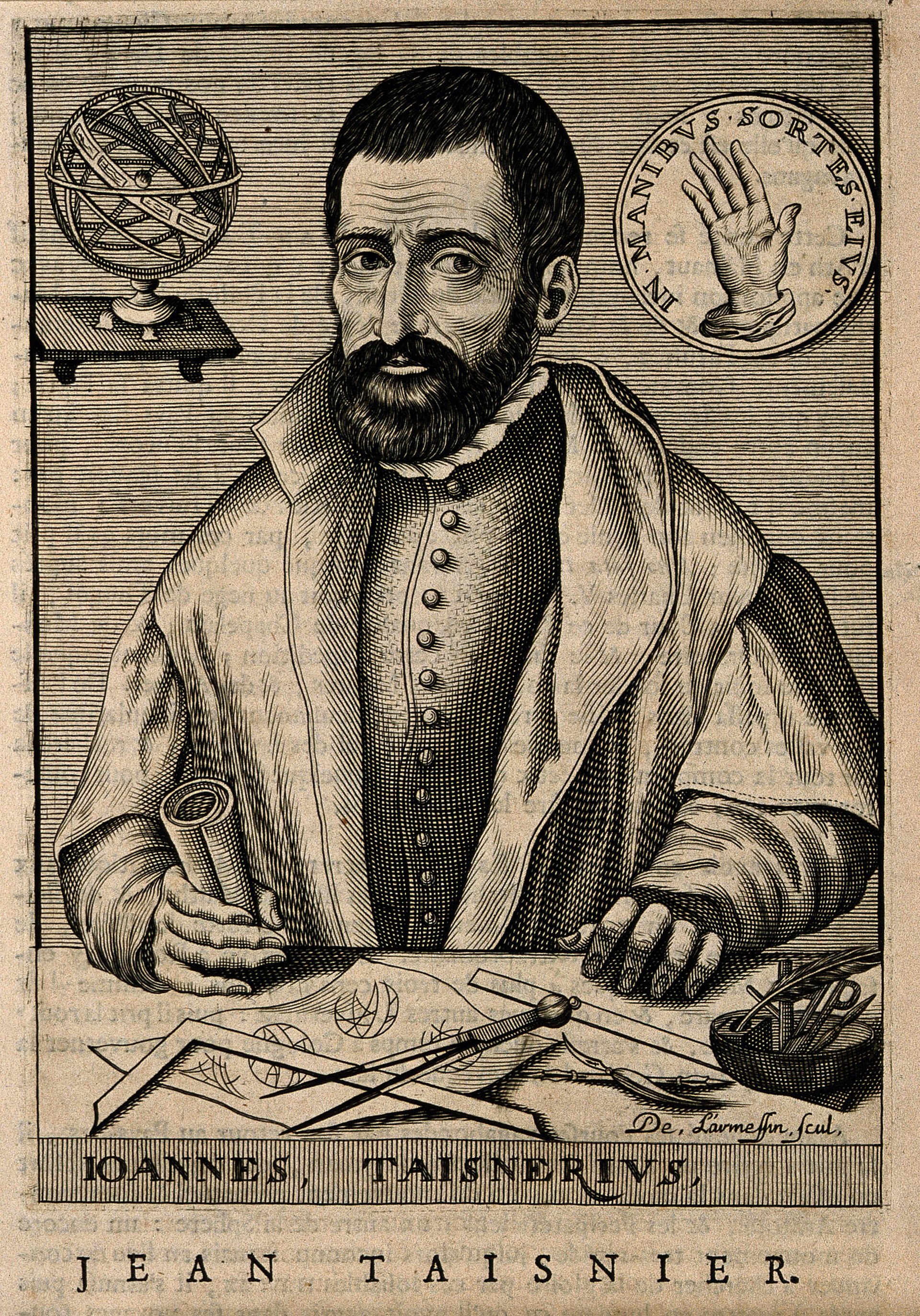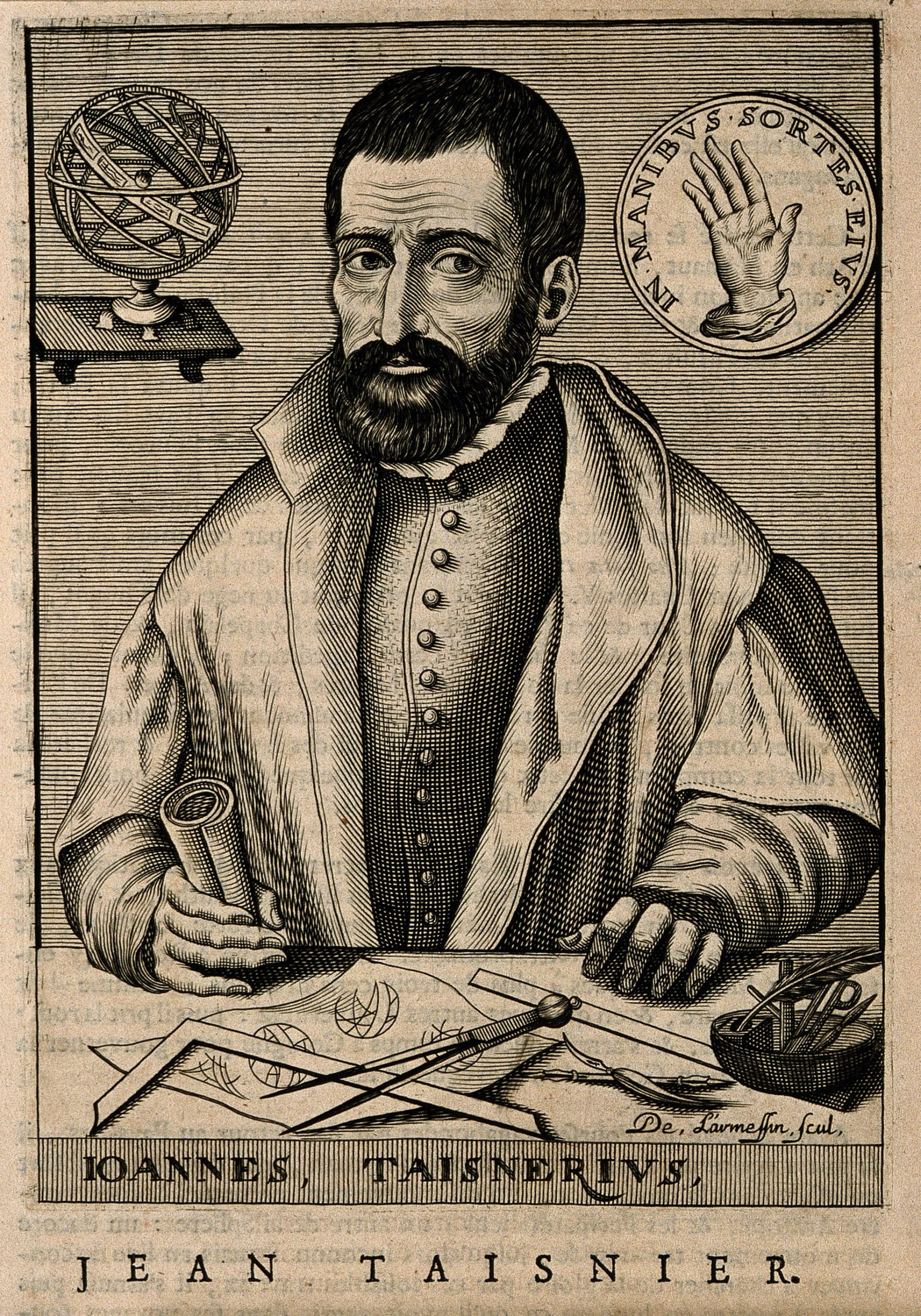
In 1618, the very year Isaac Beeckman instructed René Descartes on the principle of inertia, Johannes Kepler achieved one of the most important breakthroughs in the annals of astronomy and physics—his third law of planetary motion. This revelation, albeit revolutionary, went mostly overlooked at the time. Kepler’s third law fundamentally reshaped our comprehension of celestial mechanics, connecting the orbital periods of planets to their distances from the Sun.
Generally, prior to the late seventeenth century, the notion of force lacked clear definition. Aristotle asserted that a force was essential to move objects, which led to medieval ideas like impetus, proposing that projectiles held an internal force waning over time. This was subsequently replaced by the concept of inertia, necessitating forces to halt objects instead of maintaining their motion.
In celestial mechanics, Aristotle depicted heavenly bodies as moving in natural circular trajectories, propelled by an unmoved mover. Kepler’s research, utilizing Tycho Brahe’s accurate observations, transformed this perspective through his laws of planetary motion: elliptical orbits (first law), sweeping equal areas in equal intervals (second law), and his third law linking orbital period with proximity to the Sun.
Kepler pondered over what force propelled the planets and suggested a magnetism-like influence emanating from the Sun, an idea influenced by William Gilbert’s studies. His third law mathematically tied the duration of an orbit to its distance.
Although Alfonso Borreli subsequently outlined the shapes of planetary orbits, he lacked the mathematical tools to substantiate them, a deficiency addressed by Newton’s Principia. Kepler’s law remained relatively obscure, partly because of its presentation in his intricate “Harmonices Mundi,” where it was enmeshed in metaphysical concepts rather than highlighted.
Kepler’s earlier endeavors also revealed non-scientific motivations, grounded in a mystical perspective of the cosmos. His “Mysterium Cosmographicum” sought to elucidate the structure of the universe through geometric forms, suggesting a divine mathematical blueprint. He greatly elaborated on these themes in “Harmonices Mundi,” a fusion of geometry, music theory, and astrology, though it was largely unacknowledged in its time.
In spite of its initial obscurity, Kepler’s “Epitome Astronomiae Copernicanae” slowly gained traction, especially following the release of “Tabulae Rudolphinae” in 1627, based on Tycho Brahe’s observations. As time went on, Kepler’s laws began to affect European astronomers. Nonetheless, acceptance varied, with contention surrounding the mathematical foundation of the second law.
Kepler’s forecasts regarding planetary movements received gradual acknowledgment, with preliminary support from astronomers such as Boulliau and debates regarding alternatives like Boulliau’s “Conical Hypothesis.” However, Kepler’s third law remained underappreciated until Newton, who demonstrated its essential importance within gravitational theory, confirming that Kepler’s insight was indeed ahead of its time.
Kepler’s third law illustrated that the square of a planet’s orbital period is proportional to the cube of its semi-major axis. This straightforward yet profound realization set the stage for Newton’s synthesis in the “Principia,” which interconnected celestial and terrestrial mechanics with universal gravity, establishing Kepler’s discovery as a pillar of modern science.
